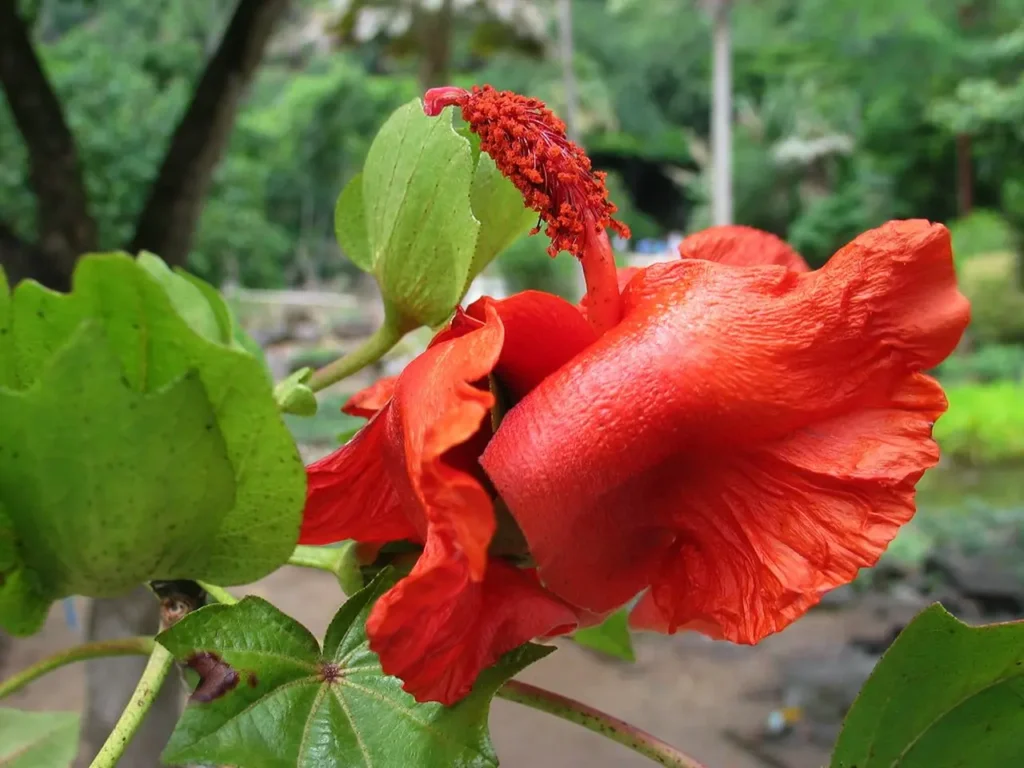In the lush landscapes of Hawaii, a rare and enigmatic hibiscus species graces the volcanic slopes—the Kokia cookei. With its captivating beauty, cultural significance, and intriguing history, this exquisite flowering plant holds a special place in the hearts of conservationists and botanists. Let us delve into the fascinating world of Kokia cookei and explore the remarkable qualities that make it a symbol of resilience and hope in the face of extinction.

Appearance and Habitat
Kokia cookei, also known as Cooke’s Hibiscus or Oahu Tree Hibiscus, is a small to medium-sized tree in the Malvaceae family. This species is notable for its attractive and vibrant crimson-red flowers, which are about 3 inches wide with five petals. The blossoms open in the evening, adding an element of mystique to their allure.
The tree’s habitat once spanned the lowland dry forests of Oahu, Hawaii. However, due to the pressures of urbanization, agriculture, and invasive species, the natural habitat of Kokia cookei has been greatly reduced.

Conservation and Rediscovery
Kokia cookei faced near extinction and was believed to be extinct in the wild until the 1970s when a few individuals were rediscovered in remote and inaccessible locations on Oahu. This remarkable rediscovery sparked efforts to protect and conserve the species.
In a desperate attempt to save Kokia cookei from extinction, botanists and conservationists initiated a program to collect seeds and propagate the species in botanical gardens and controlled environments. These conservation efforts aimed to increase the number of viable individuals and potentially reintroduce them to suitable habitats in the future.
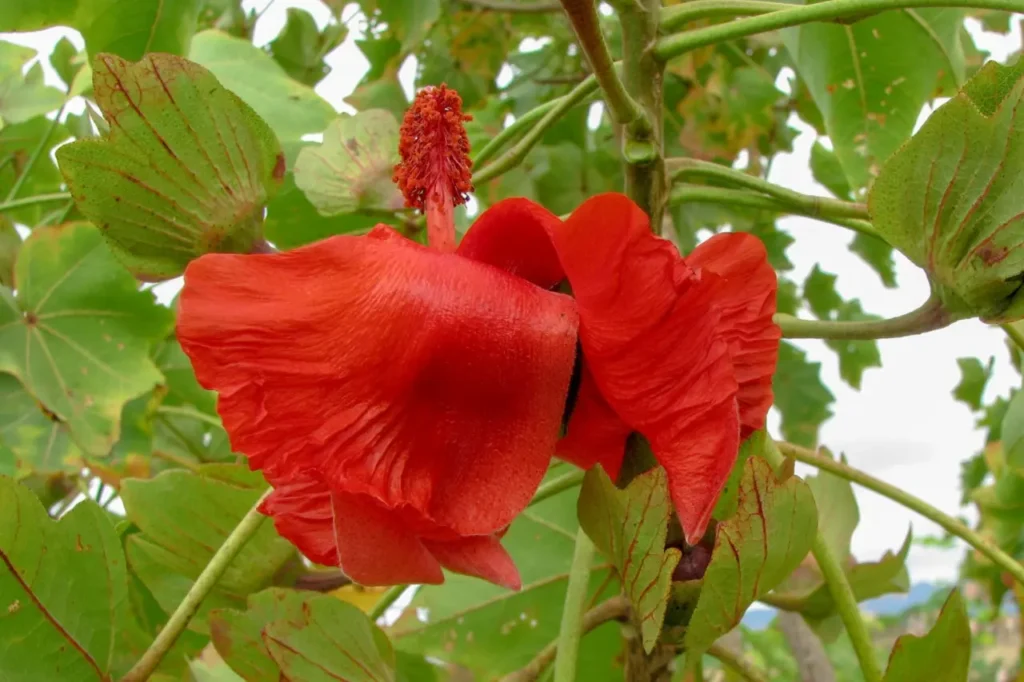
Cultural and Historical Significance
The Kokia cookei holds significant cultural and historical value for the people of Hawaii. In Hawaiian culture, it is considered a symbol of beauty and a connection to the natural world. The flower has been used in traditional ceremonies and lei-making, a cherished cultural practice of adorning garlands around the neck.
The species is named in honor of Charles Montague Cooke Jr., a renowned botanist and naturalist who played a crucial role in early efforts to preserve native Hawaiian plants.
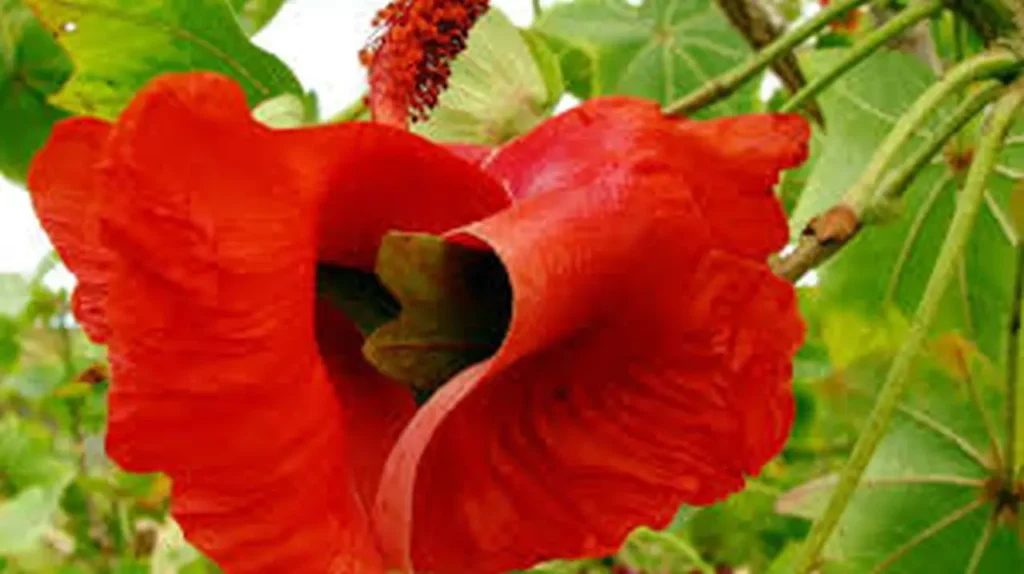
Challenges and Future Prospects
Despite the dedicated efforts to conserve Kokia cookei, the species remains critically endangered. Its limited and fragmented habitat continues to be threatened by various human activities and invasive species, making its survival a constant challenge.
To ensure the future of Kokia cookei, ongoing conservation strategies include habitat restoration, invasive species control, and public education about the importance of protecting native Hawaiian flora. Collaboration between conservation organizations, governmental agencies, and local communities is vital to secure the survival of this enigmatic hibiscus species.
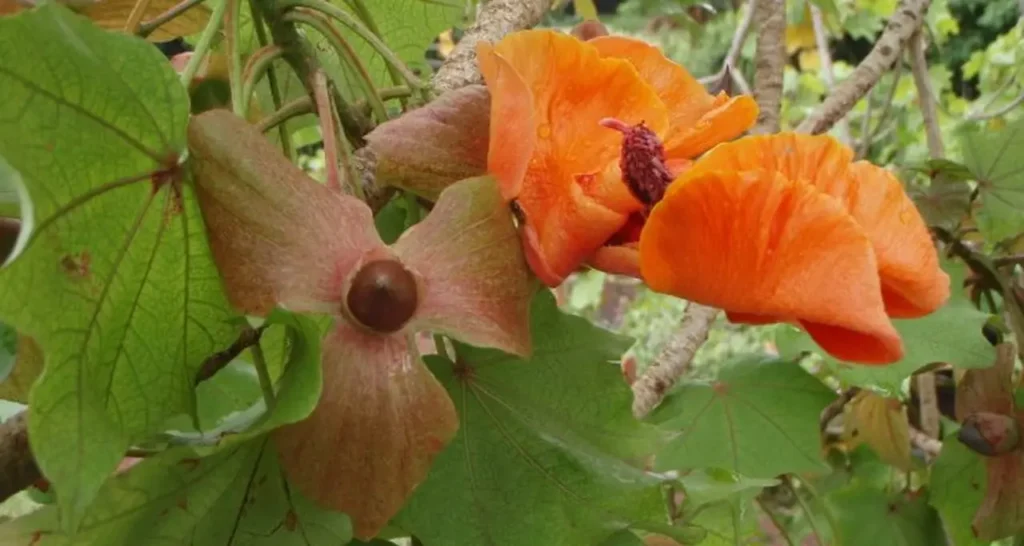
A Symbol of Hope
The story of Kokia cookei serves as a poignant reminder of the fragility of our planet’s biodiversity and the importance of conservation efforts to protect endangered species. Its remarkable rediscovery and the tireless work to preserve its existence symbolize hope for the future of other threatened plant species worldwide.
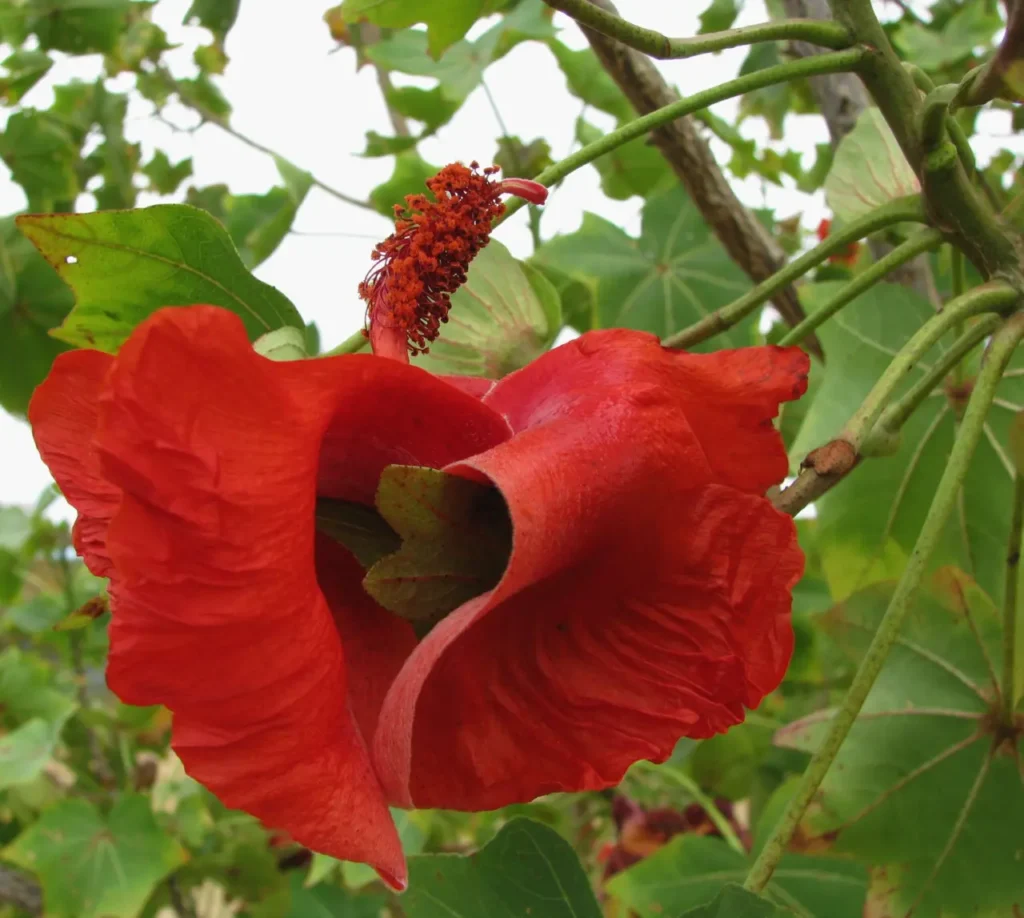
As we continue to strive for a more sustainable and harmonious relationship with nature, the Kokia cookei stands as a symbol of resilience and the enduring beauty found within the natural world. By valuing and protecting such precious floral treasures, we ensure that future generations can continue to marvel at the extraordinary wonders of the Hawaiian flora and celebrate the spirit of conservation that keeps these enigmatic hibiscus flowers blooming.
